How to consider photo essays?
With the current techniques it is no longer very difficult to make special and particular philatelic items. Overprints can form the strangest images with some fiddling, rare perforations are counterfeited using imperforated stamps, letters are made old or new and so on.
Therefore it is difficult for the more or less layman who is a well-meaning collector to draw a dividing line here. On the internet or in the traders' crates we regularly come across them with… misnames. Often publicity photos are offered as photo essays or even as proofs. Well, what are photo essays actually?
As the translation of the two words suggests: photos of essays, in other words photographic images of designs for (in our case) stamps.
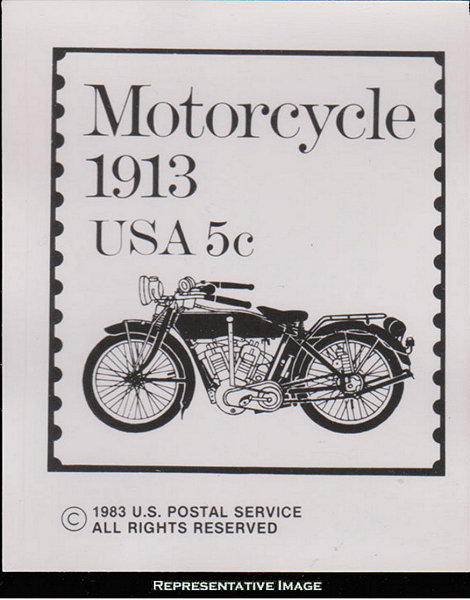
Publicity photo of the US of America stamp (October 10th, 1983)

Publicity photo of the German issue "For youth" (April 12th, 1983)
Until now, "real" photo essays have only been for sale from West Germany. Other countries that also used photo essays keep them in their archives for reference on the designs. England, for example, only takes pictures of the designs of the whole sheets in which stamps are printed before they are cut. But of course these never come onto the market unless they have been stolen.
Why are these photos from Germany available on the market but not from other countries? Well, most countries commission the task to make a stamp with a specific theme to one designer, who starts with a sketch and later works it out further. In the working time that this designer has, he makes several drawings and he is paid for his time. The designs made are the property of the client. In our case thus the issuing postal organization.
Germany works differently. It asks a number of designers to work out a specific theme and to offer their designs. One drawing is then selected from the designs and further elaborated. The first drawings remain the property of the various designers. They do receive compensation for their work, but not nearly as much as their salary would be. And with that rendering up of the designs, the photo essay comes into play. For reference possibilities, five photos are made of each drawing and/or design, which are included in the archive. In this way it is possible that there are several photo essays of one stamp.

Here 3 designs of the schematics of an internal combustion engine, and the final stamp (14-08-1964)
In the 1960s to 1980s these photos were stored in the postal archive in Bonn. With the advent of the digital age, the photos were digitized and stored digitally. The photos put "out of service" in this way ended up in a box somewhere in a corner. In 1990 the unification of the two Germanys was a fact and the entire post had to be moved from Bonn to Berlin. And about that the story is that the photos did not make the trip and came into circulation. How??? These archive photos are all approximately A5 format and show the designs in large format. Now the archive photos cannot be distinguished from later (re)made pictures and only those photo essays with a recognized stamp or other certificate can be used in an exhibition, but if they can be obtained for a few nickels, they can make a nice extra in your collection. The prices are really high for such German photo essays and for popular themes they go up to over € 500.
If you now search the internet, for example at the Delcampe auction site, you will easily find more than 2000 of them. How is that possible? That's because most sellers label anything that looks like a photo of a stamp as a photo essay. The vast majority of these "p-e's" are publicity photos as are sent to newspapers and magazines. Often there is a caption on the photos for which purpose they may be used. Of course also these photos are also nice-to-have items, but they are not philatelic.
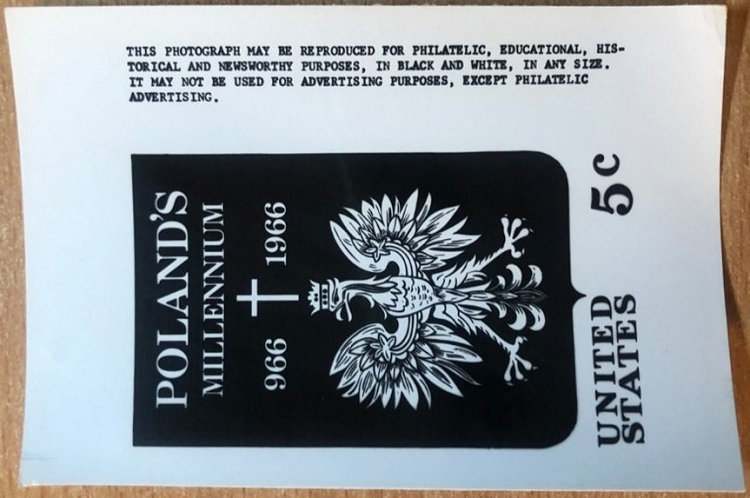
Publicity photo of a Polish stamp - with on top a statement on the permitted use
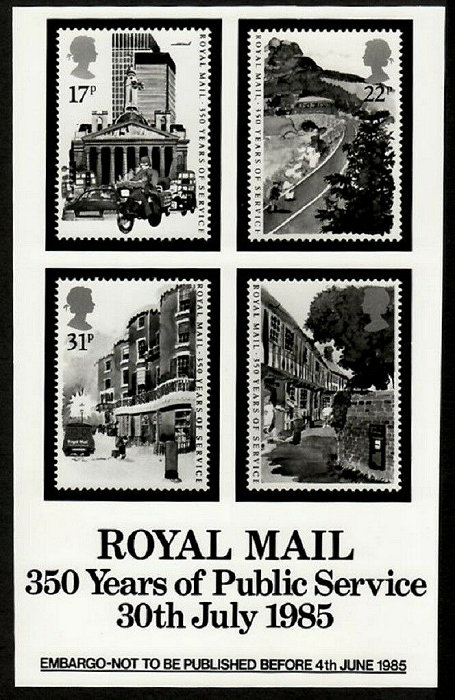
Publicity photo of a UK stamp - with underneath a limitation of the permitted use
Of course there are also photo archives of postage stamps in other countries, but that does not make them p-e's.
I started this story with the statement that nowadays it is quite easy to make forgeries that look like photo essays. Here is a simple piece of home craft from my hand. Of course a Nimbus.
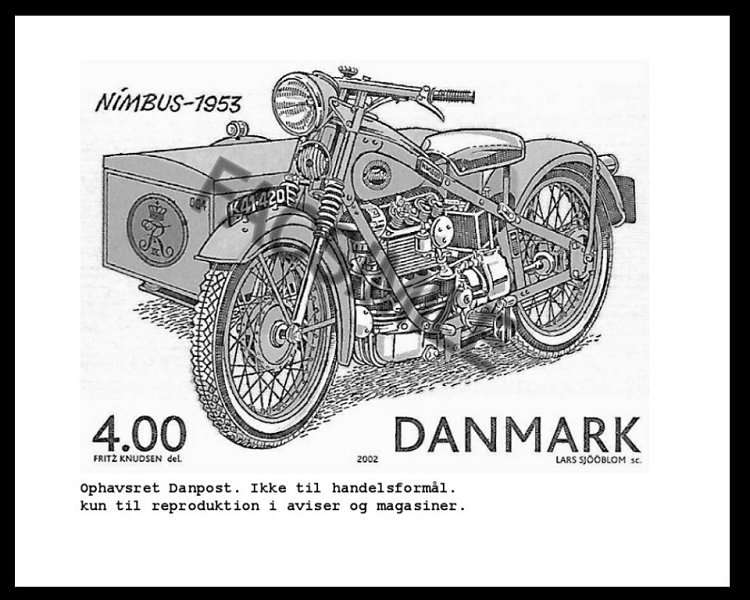
Should you wish to purchase such an item, please note that only the German photos may be actual photo essays. Always ask for a certificate. That doesn't give 100% certainty because they are also forged, but at least it gives a bit more confidence. Photos with captions and copyright signs (©) are usually publication photos. Be extra suspicious in case of photos that are small and have no text.
And photos that show perforated stamps are anyhow no p-e's.
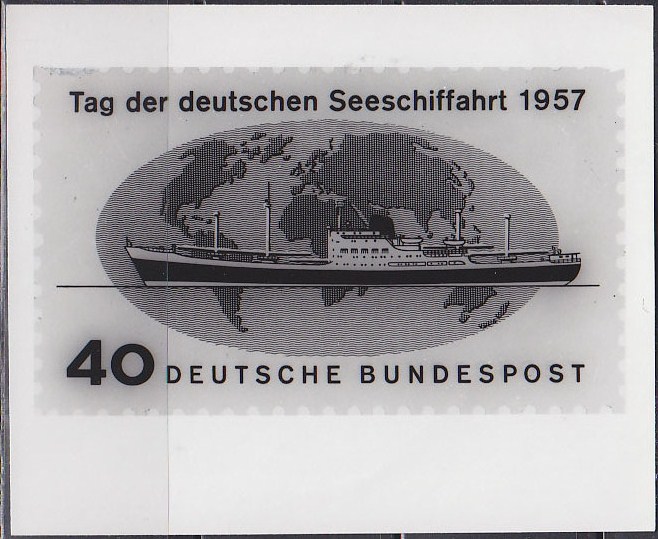
Example of a black and white print of a perforated stamp - for sure not a photo essay
For the exhibitors among us: the use of photo essays is discouraged because of the mentioned facts, and they will not be taken into account in the assessment. The use is only tolerated if you want to explain a certain piece of information about a theme and no other image can be found.
Like the FIP says: Photographic archive material carries no importance!
And independent how you look at it, it remains a gray area.
Hans de Kloet
Top - Back to former page - Home |






